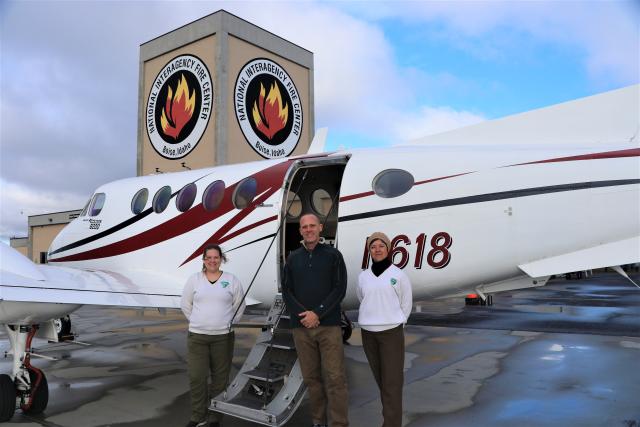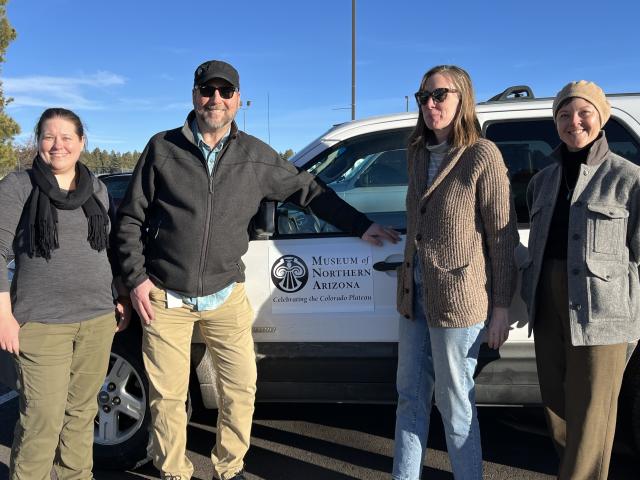Related Stories
- Connecting Utah students to public lands careers
- A former boomtown’s second life as storyteller in New Mexico
- Fourth Restoration Landscape film highlights Cosumnes Watershed fire and fuels reduction efforts
- Yuma Field Office saves the day for nearby helicopter-aided conservation effort
- Prairie Fire Meets Its Match: How BLM Fuels Management Halted the Blaze
Office
440 West 200 South, Ste. 500
Salt Lake City, UT 84101
United States
Phone:



